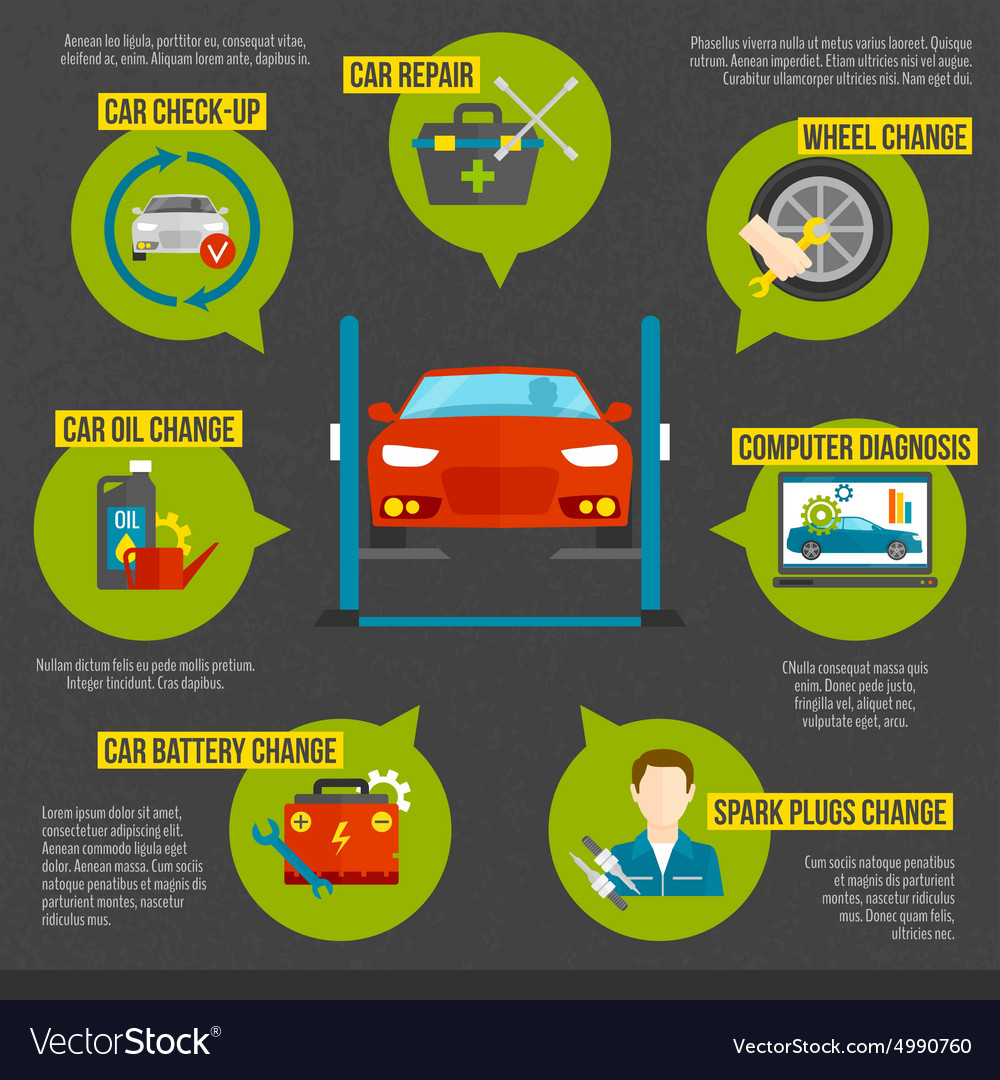Wondering Regarding The Definition Behind Those Control Panel Warning Lights? Gain Understandings Right Into Their Ramifications For Your Car'S Safety And Security And Maintenance
Wondering Regarding The Definition Behind Those Control Panel Warning Lights? Gain Understandings Right Into Their Ramifications For Your Car'S Safety And Security And Maintenance
Blog Article
Written By-Lim Corbett
When you're behind the wheel, those glowing warning lights on your control panel can be a bit complicated. Do you understand what they're attempting to inform you about your vehicle's health and wellness? Recognizing the value of these lights is important for your safety and the long life of your automobile. So, the following time among those lights appears, would not you want to decipher its message properly and take the necessary actions to address it?
Common Caution Lighting and Interpretations
Identify common caution lights in your cars and truck and comprehend their significances to make certain safe driving.
One of the most common warning lights include the check engine light, which indicates concerns with the engine or exhausts system. If this light begins, it's important to have your automobile inspected quickly.
The oil pressure alerting light suggests low oil pressure, calling for prompt interest to prevent engine damage.
A flashing battery light could recommend a faulty billing system, possibly leaving you stranded otherwise resolved.
The tire stress monitoring system (TPMS) light alerts you to reduced tire pressure, impacting car security and gas performance. Disregarding this can result in risky driving conditions.
The abdominal muscle light shows a trouble with the anti-lock braking system, compromising your capability to stop rapidly in emergency situations.
Finally, the coolant temperature level warning light warns of engine getting too hot, which can cause severe damage if not resolved promptly.
Understanding these typical caution lights will certainly assist you attend to issues without delay and maintain secure driving conditions.
Importance of Prompt Focus
Understanding the common warning lights in your auto is only the initial step; the importance of immediately attending to these cautions can not be stressed sufficient to ensure your security on the road.
When a caution light brightens on your control panel, it's your auto's method of interacting a prospective problem that requires focus. Overlooking these cautions can cause much more severe problems later on, jeopardizing your security and possibly costing you more out of commission.
Trigger attention to warning lights can protect against breakdowns and crashes. For instance, a flashing check engine light might show a misfire that, if left unattended, might trigger damage to the catalytic converter. Resolving this without delay can conserve you from a pricey repair work.
Similarly, car cleaners auckland cautioning light could indicate reduced brake fluid or worn brake pads, critical components for your safety and security when driving.
Do It Yourself Troubleshooting Tips
If you discover a warning light on your dashboard, there are a few do it yourself fixing ideas you can attempt prior to seeking specialist help.
The initial step is to consult your vehicle's manual to recognize what the details caution light indicates. In https://marcoqrkfy.blogchaat.com/30310724/analyzing-your-auto-s-alert-lighting-their-true-effects can be as straightforward as a loosened gas cap triggering the check engine light. Tightening up the gas cap may solve the problem.
https://www.gobankingrates.com/saving-money/car/unconventional-tactic-could-save-85-percent-on-next-car-repair/ is a reduced battery, which can cause numerous cautioning lights. Checking the battery links for deterioration and ensuring they're safe may deal with the problem.
If a caution light continues, you can try resetting it by separating the vehicle's battery for a couple of minutes and afterwards reconnecting it. Additionally, examining your vehicle's fluid levels, such as oil, coolant, and brake fluid, can assist fix advising lights related to these systems.
Final thought
Finally, comprehending your cars and truck's caution lights is important for keeping your vehicle running efficiently and securely. By promptly addressing these alerts and understanding what they suggest, you can avoid expensive repair services and possible failures.
Keep in mind to consult your cars and truck's guidebook for certain information on each cautioning light and act as necessary to make sure a hassle-free driving experience.
Keep notified, remain risk-free when traveling!
